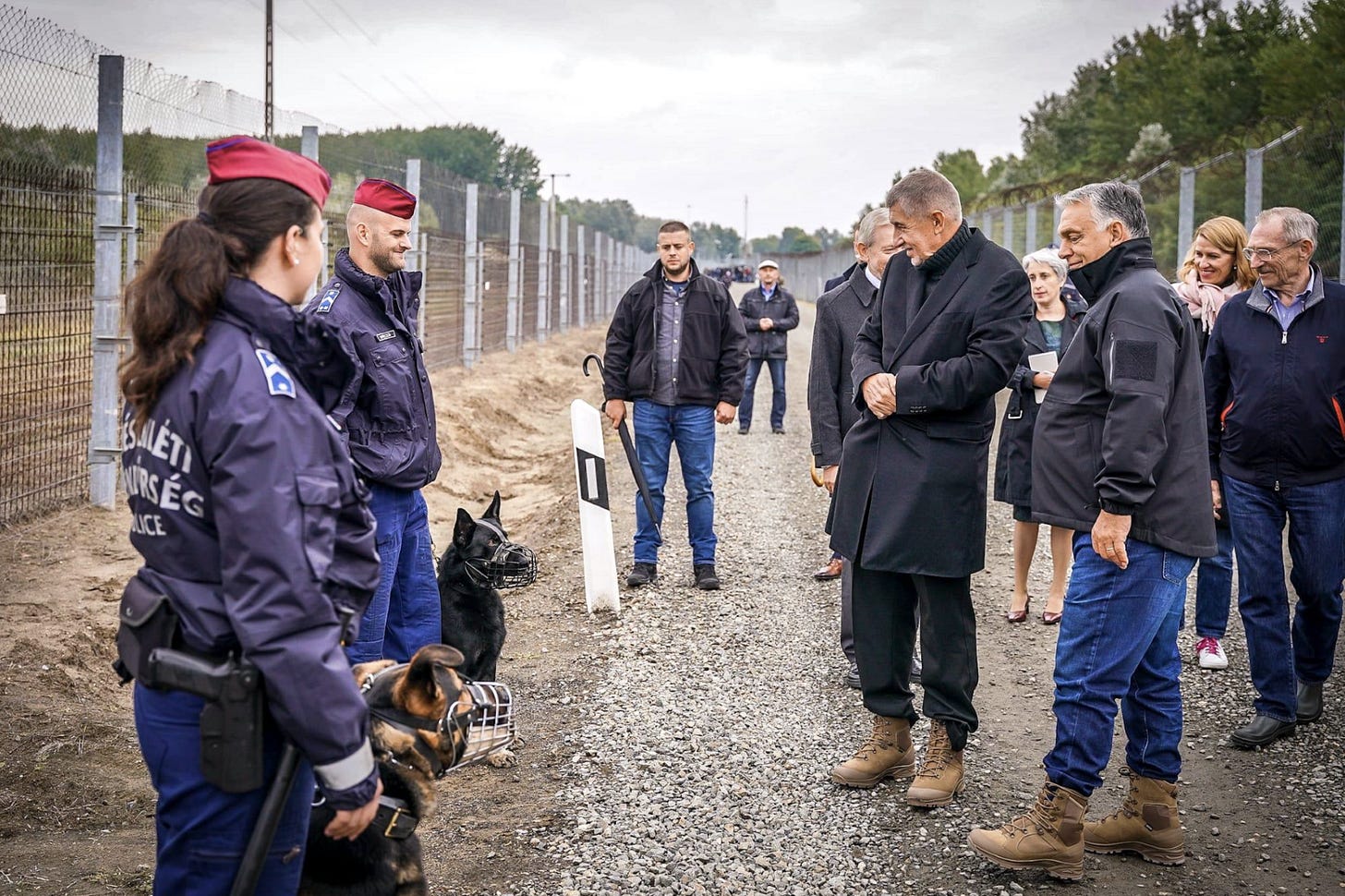An Introduction to Visual Analysis, Pt. 1
If you're not already mentally breaking down every political image you run into, it's time to start!
It has come to my attention that some people, upon seeing a social media post from a politician, do not immediately begin analyzing it as a piece of political communication. This came to my attention after my doctoral defense (btw, I defended my thesis on June 6th, yay!), when a few people mentioned that my opponent had thrown a real challenge at me by giving me new pieces of material – pictures of Boris Johnson and Justin Trudeau, both hard at work – to analyze on the spot. While there are many challenging things that go into preparing for and successfully executing a doctoral defense, this was not one of them for me. Why? Because I do it automatically, with every political image I run into, and we have decided that it will now be part of our mission here at Peripheral Politics to guide you, dear readers, to do the same.
You might be saying, again, why? The pictures that Viktor Orbán posts on Facebook or what Gavin Newsome’s up to on his TikTok may not seem that important, in the grand scheme of things. Attention grabbing stunts like Donald Trump ‘working’ at McDonald’s for a day may seem like the distractions that pull us away from the actions that result in democratic backsliding.
When you adjust your viewpoint to see political rhetoric or discourse holistically – that is, including words, actions, images, and whatever else a politician might be out there doing – then you start to see that every picture, every funny video is actually part of a bigger effort: building a political movement. And when we populism researchers try to see how a political movement is taking shape, we ask two questions over and over: Who is the Us? And who is the Other?
We’ll break down the process of how to use visual material to answer these and other questions in an ongoing Peripheral Politics series on visual analysis, but in this space, I just wanted to give you a little introduction to the process using one of our favorite visuals: Viktor Orbán and former Czech PM Andrej Babiš visiting Hungary’s southern border on September 22, 2021:
This came from a Facebook post from Babiš that has a caption, but let’s leave that aside and focus on the image. We'll start by just looking at the elements of the photo: the fence, the border guards (with a pistol, even!), the dogs, and on the other side the political contingent: Babiš and Orbán in army boots, various aides and members of the government behind them, many people smiling. The beauty of interpretive research is that we might each take something different from the photo, but my read on the situation – yes, informed by the posts that surrounded it and the text of this post – is that we see Babiš going to take in Hungary’s example of how to secure the southern border, protecting Hungary from immigrants. And it seems to be a bit of a crisis in progress, because otherwise why would the PMs need work boots? And already, the Us and the Other begins to come into view!
Who, then, is the Us? The European nations, Czech or Hungarian as the case may be, and the people protecting them from external threats. And who is the Other? The immigrants who would be knocking down the fence if the border guards weren’t there with their dogs and pistols.
I’ll stop here, so consider this your introduction. We’ll go more deeply into types of analysis, the political theory behind it, and so much more, and we invite you to leave any comments or questions about what you’d like us to cover in future posts in this series. We’re thrilled to have you along with us!


